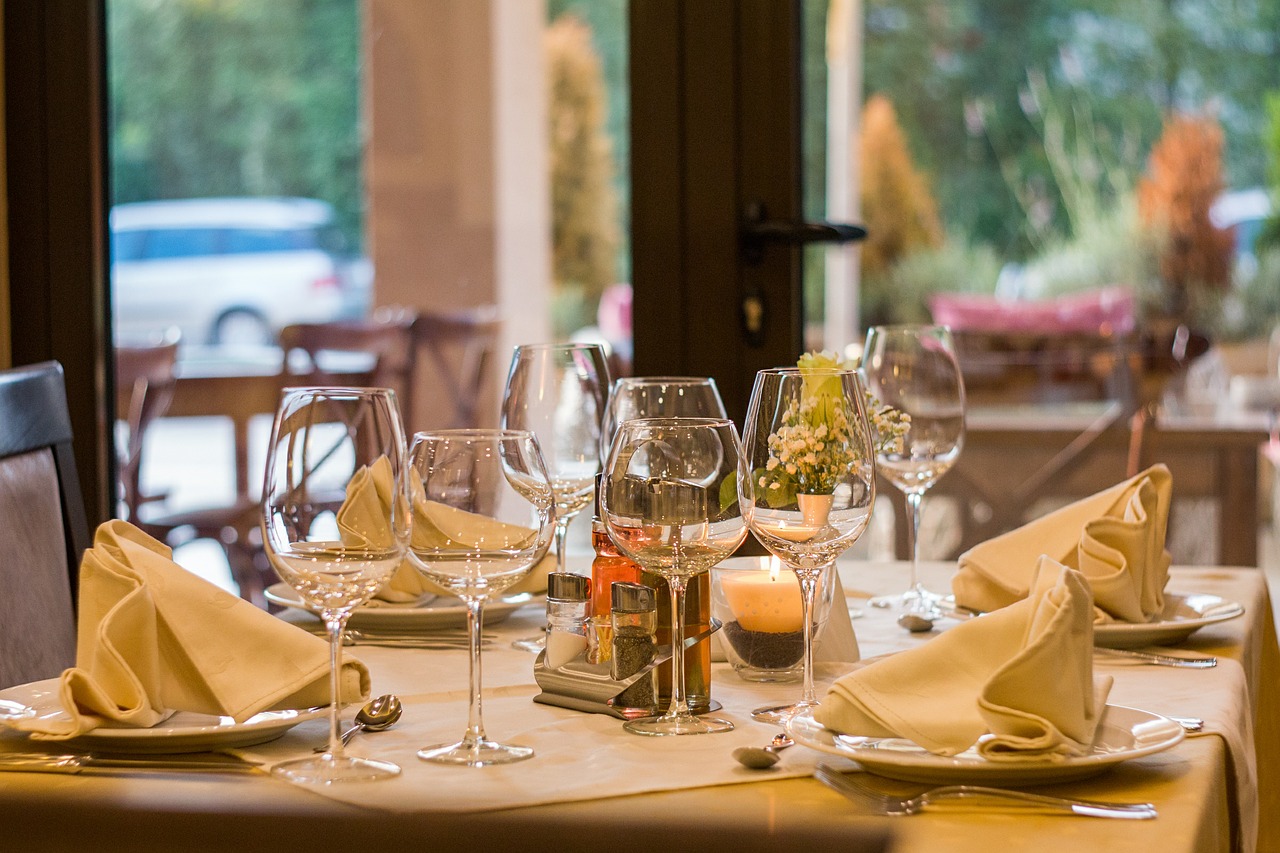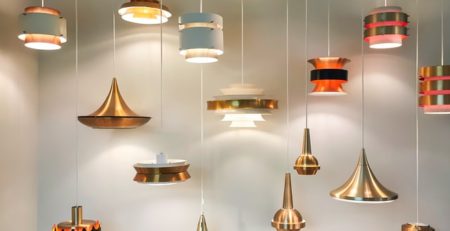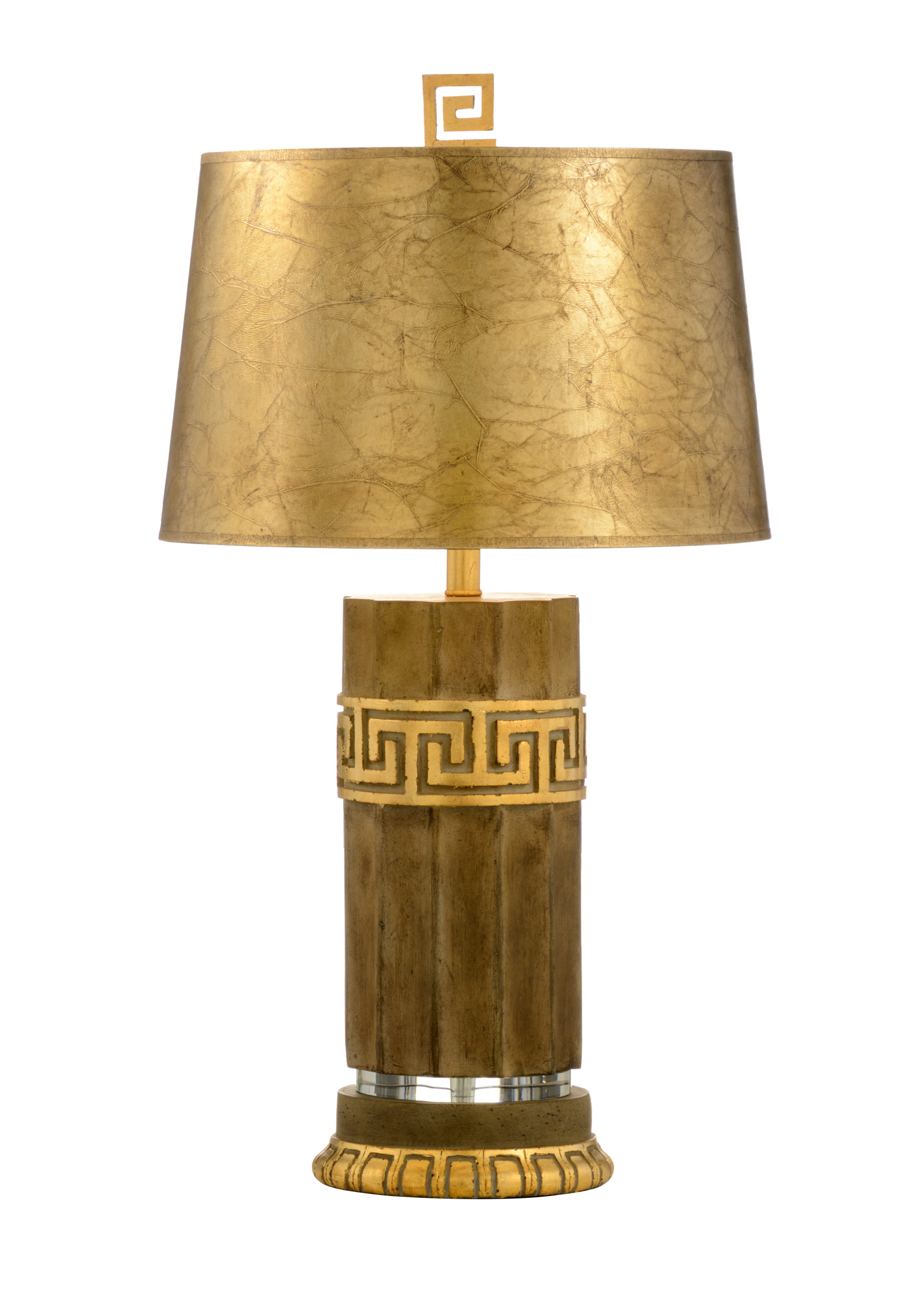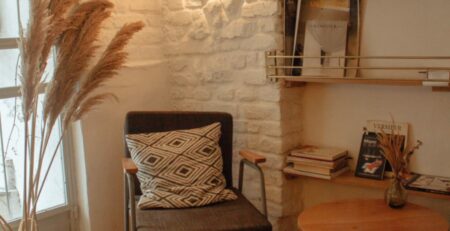All You Need to Know about Ceramic Dinner Plates Wholesale
So, you’ve been looking for wholesale ceramic dinner plates for your restaurant or catering business? This article will give you everything you need to know about them. We’ll cover the history of ceramic plates, how they are made, the different styles and colors available, and what to look for when buying.
If you’re still not sure if Ceramic Dinner Plates Wholesale would be a good choice for your establishment’s needs after reading this article, then we recommend contacting professionals in the catering and restaurant industry who can answer any questions that may have arisen from our post.
A Brief History of Ceramic Plates
The history of ceramic dinner plates can be traced as far back as 3300BC when Egyptians used terracotta to create the first ceramic plates. Terracotta was popularized in the early 20th century by an American potter named Paul Revere Bellows, who released a tea set made from “earth-fired stoneware porcelain.” His company, Paul Revere Pottery, has since become one of the biggest names in dinnerware.
Today, nearly every major manufacturer uses some type of clay in its dinnerware products. The most notable difference between today’s products and those created in the past is the addition of glaze coloring. Clay (or pottery) traditionally is colored by mixing clay with different colors of iron (such as red clay, white clay, or grey clay), but that process was changed in the 1880s when manufacturers started using iron oxide instead.
Ceramic dinnerware has become a top choice for restaurants and catering companies because it is popular among consumers for its lightweight usefulness. A lot of consumers like how disposable dinnerware makes them feel, and ceramic dishes are not immune to this trend. Ceramics can be easily cleaned without leaving the table a mess, so they are generally just as nice to use as any other dishware. They also serve well as serving dishes for appetizers and desserts or to store leftovers until the next day.
How are Ceramic Dinner Plates Made?
The manufacturing process of ceramic dinner plates varies greatly according to the manufacturer, but most of them are made using a similar process. First, an artist creates a 3D model of the dinner plate. Next, molds are created to create the dinner plate’s shape; these molds are then used to fire the plates and subsequently cool them. This process is called slip casting, because of what is called slipware; it allows for high quantities of ceramics to be made from one firing in a kiln. Once the ceramic plates have cooled, they are cleaned and inspected by quality control staff before being packaged and shipped.
The most common types of clay used in the ceramic manufacturing process are red clay, white clay, and grey clay. The type of clay used depends on the desired color of the final product, as well as any glaze that will be added to it. Glazes can be added to make a new color or to change the appearance of an existing color; these glazes can also help improve product durability.
Ceramic Dinner Plates in Different Styles and Colors
So, you’ve decided that you want to buy ceramic dinner plates for your establishment. Great! Just make sure to follow the tips below so you can avoid any costly mistakes in the future.
Examining the Style of Ceramic Dinner Plates: There are a variety of styles available for dinner plates, ranging from sculpted ones to traditional ones. If you want more modern-looking plates, then look for those with simple designs or smooth curves. You can also choose plates that have raised or sculpted designs on them. If you’re looking for something that looks a little more traditional, then opt for those with applied handles or scalloped edges (or both).












Leave a Reply